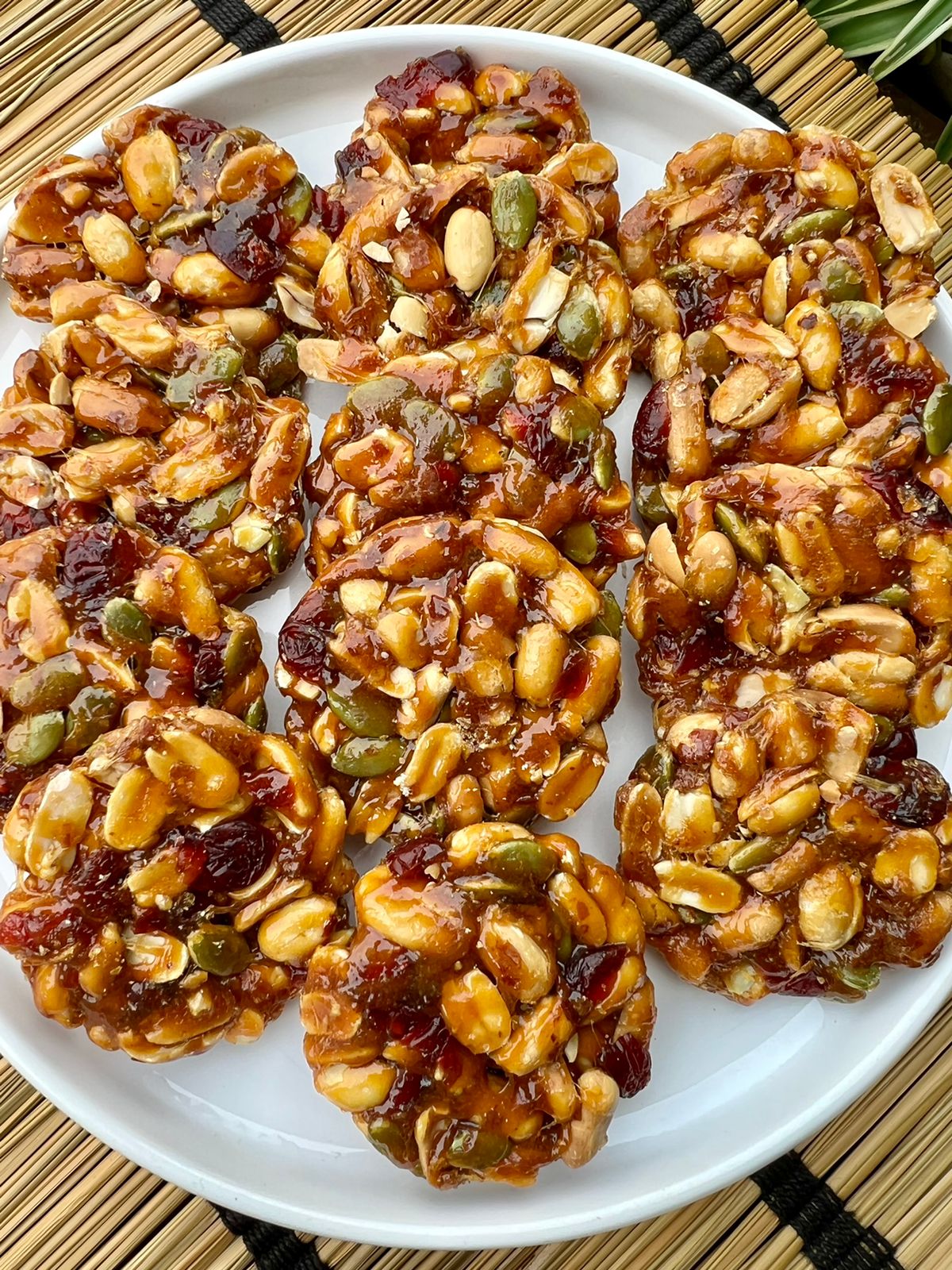
Greetings, friends of MasalaMonk! As your devoted health ally, we’re excited to take you on a journey through the intersection of artificial intelligence and wellness. Our star of the day? OpenAI’s ChatGPT. This powerful language model is making waves in numerous sectors, including health and wellness. Let’s discover how you can utilize ChatGPT to augment your wellness journey.
- ChatGPT for Meal Planning 🍽️🗓️
Planning meals for the week can feel like a steep mountain to climb. What if an AI could simplify this task, taking into account your dietary preferences, health goals, and allergies? Intriguing, right? In our blog post, we unveil how ChatGPT can generate a diverse and nutritionally balanced meal plan for you every week, eliminating the guesswork from your diet.
- ChatGPT for Food Planning 🥘📝
Food planning and meal planning go hand-in-hand, with the former focused on strategizing your grocery shopping list and finding healthier alternatives to your favorite foods. In this MasalaMonk post, we detail how ChatGPT can guide you in crafting a comprehensive food plan, promoting conscious food choices and healthy eating habits.
- ChatGPT for Weight Management 🏋️♀️📊
Managing your weight effectively requires informed decisions about meal portions, exercise, and overall lifestyle. As we outlined in our blog post, ChatGPT can be your digital partner in weight management, providing practical tips and motivation, helping you conquer challenges and remain steadfast on your health journey.
- ChatGPT as a Virtual Dietician 🥦📚
Understanding nutrition information can be overwhelming. Thankfully, ChatGPT can serve as your personal dietician. Our article illustrates how you can leverage ChatGPT to interpret food labels, obtain diet advice tailored to your needs, and get answers to your diet-related queries.
- ChatGPT for Mental Wellness 🛋️💡
Mental health is an integral part of overall wellness. In an illuminating blog post, Shashank Aggarwal presents how ChatGPT can act as a therapist, offering techniques rooted in cognitive behavioral therapy, mindfulness exercises, and providing a platform for self-expression.
- AI Therapy: The Future is Here 🧠⚡
AI therapy is poised to reshape mental health support. In another profound article, Aggarwal explores how AI tools like ChatGPT can provide 24/7 mental health assistance, supporting individuals in managing stress, anxiety, and other mental health issues.
In conclusion, the potential applications of ChatGPT in the realm of health and wellness are promising and expansive. It can act as a guide, companion, and mentor on your journey towards a healthier lifestyle. As we at MasalaMonk continue to support your wellness aspirations, we hope that you will consider incorporating AI tools like ChatGPT into your routines. Here’s to a future where technology and wellness walk hand in hand!
Blog Tags: AI in Health, ChatGPT, OpenAI, Wellness Technologies, Meal Planning, Food Planning, Weight Management, Nutrition Guidance, AI Therapy, Mental Health Support, Digital Health Transformation, Holistic Living, Tech-Assisted Wellness.












